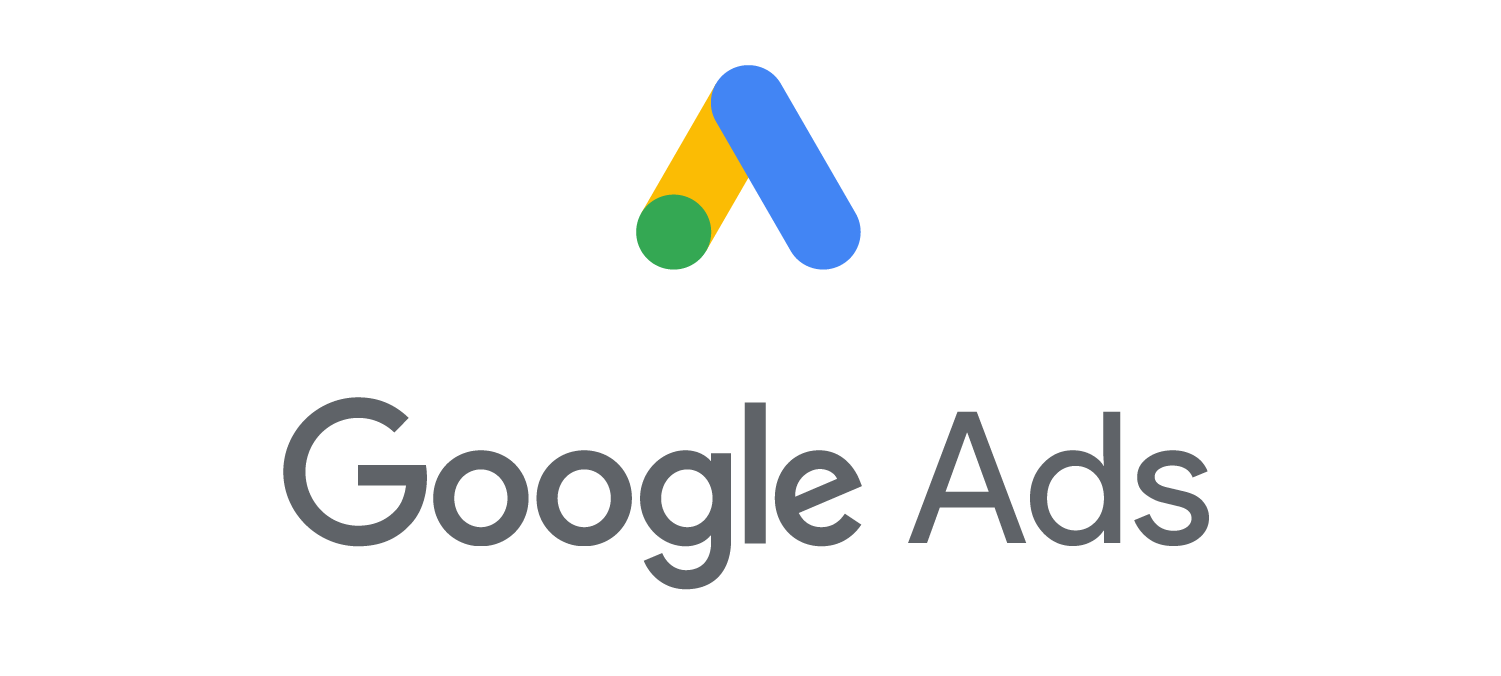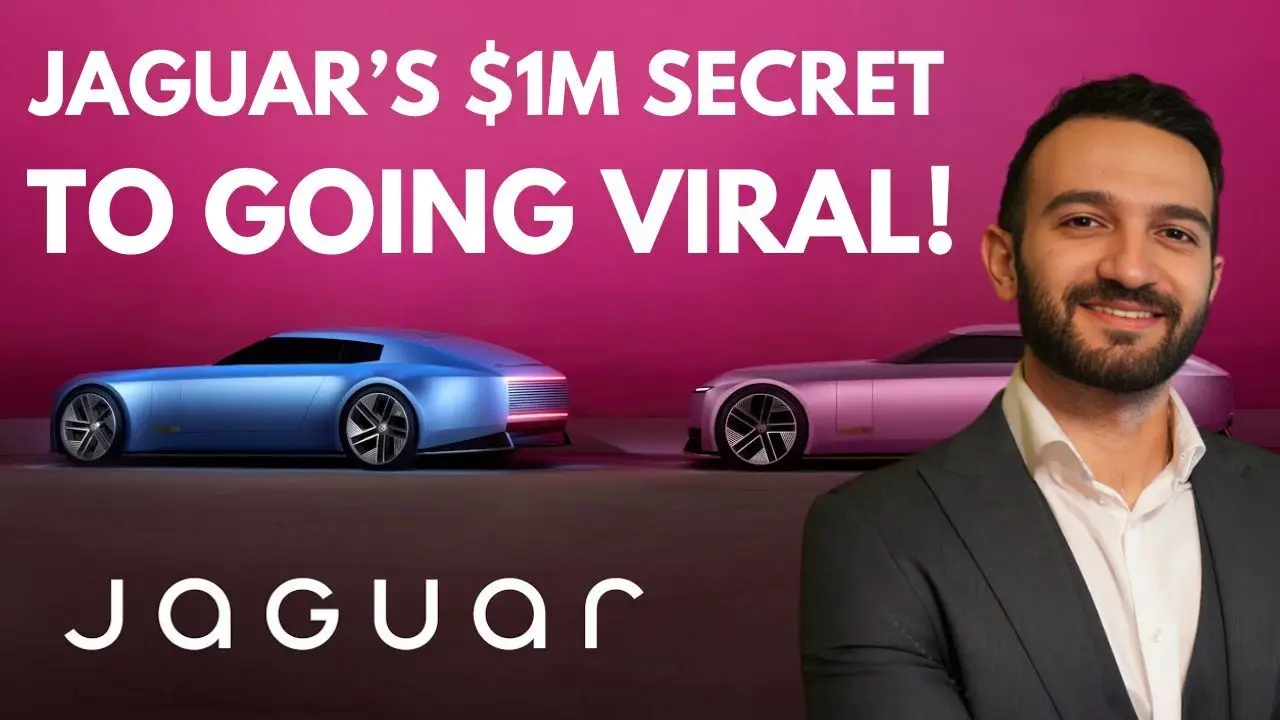Under Miami’s bright lights, Jaguar revealed the Type-00—a sharp, electric car built from its racing past and powered for the future. Some people love it, while others don’t. But one thing’s for sure: everybody is talking about it.
Why does this matter to you? Should you care about why a company in your industry is undergoing a massive rebrand? Maybe your economics are better than Jaguar’s. Maybe you don’t feel the need to stir the pot. But imagine the attention you could get from the media and consumers with the right strategy. That kind of buzz can be game-changing.
Going viral through earned media isn’t easy these days. If you’ve ever invested in organic content, you know how tough it is. So what strategies can you implement today to get people talking about your brand?
Chip Heath, known for his framework on creating memorable content that sticks, says virality comes from how well your message breaks through the noise and stands out. In simple terms, if your content is easy to share and remember, it’s more likely to go viral.
Take Jaguar’s reveal as an example. You can explain it to your friends in seconds because the message was clear and memorable. You may even end up discussing it, sharing your views, and debating how you feel about the brand. That’s the power of creating sticky content.
Another key to virality, Heath mentions this a lot, is association. I think Jaguar nailed this by tying their campaign to high fashion and the arts. The more connections your brand can make with things people already know and care about, the more memorable you’ll be.
For example, when you think of Corona beer, you think of the beach. When you think of Oreo cookies, you think of milk. Jaguar wants you to associate their electric cars with high fashion and forward thinking. Why is this important?
Think about the last time you bought something for yourself. Maybe it was because you wanted others to notice your style or taste. Maybe it was about what you wanted to be associated with. When someone sees a Jaguar EV, they’ll associate it with high status, “wokeness”, and a connection to the arts.
Let’s look at Volvo as another case study. Volvo completely re-invented themselves in 2016 and it didn’t really break the media. Volvo used to be stuck in the middle. It wasn’t fancy enough to compete with brands like Mercedes or BMW, but it also couldn’t keep up with mass-market companies like Toyota.
Then, in 2010, a big change happened—China’s Geely bought Volvo. The new CEO, Stefan Jacoby, and HR leader, Björn Sällström, took a hard look at their team. They realized something simple: to make Volvo a premium brand, they needed new people with new skills. Cars today are more like computers, so they needed software engineers, not just mechanical ones. Plus, they wanted fresh talent to bring energy and creativity into Volvo’s culture. That’s how they started turning things around ( HBR )
Here’s the next step Volvo took: they started looking beyond the car industry for new talent. Sällström didn’t just stick to the usual places—he mapped out other industries to find people with the right skills. He hired sales and marketing experts from Google to boost Volvo’s tech and social media game.
He brought in engineers from Nokia to rethink how radios and navigation systems should work for customers. They even looked to the fashion industry and hired craftsmen to improve design and style. On top of that, they shook up management by bringing in leaders with big company experience.
From 2011 to 2015, Volvo added 3,000 new engineers and developers to help drive this change (HBR ). So when it comes to getting a brand refresh a logo change or car rebrands is not the only way. You may be in that phase, where operational change is more needed than a viral marketing campaign
The Type 00 was unveiled in “Miami Pink and London Blue” colors.
Courtesy of Jaguar
As Manfredi Ricca, global chief strategy officer at Interbrand, said: Two weeks ago, Jaguar wasn’t on anyone’s radar. Then, with just a 30-second video—no product, just intrigue—millions were talking about them. In just 24 hours, Jaguar dominated the global conversation, creating buzz so intense it felt like the buildup to a World Cup final (The Guardian). That’s how you build anticipation.
3 Action Items for Wheels and Accessory Brands:
Here’s how you can create viral buzz:
1. Make Your Videos Easy to Remember
Use concrete verbs instead of abstract ideas to make your storytelling stick. Create content that’s unique and easy for viewers to recall and share.
2. Add a Twist or Surprise
Audiences love the unexpected. Break patterns and throw in surprises to keep people engaged and talking about your content.
3. Build Strong Associations
Clearly associate your product with something your audience values. Whether your brand stands for freedom, luxury, or adventure, make that connection clear and consistent in your content.










